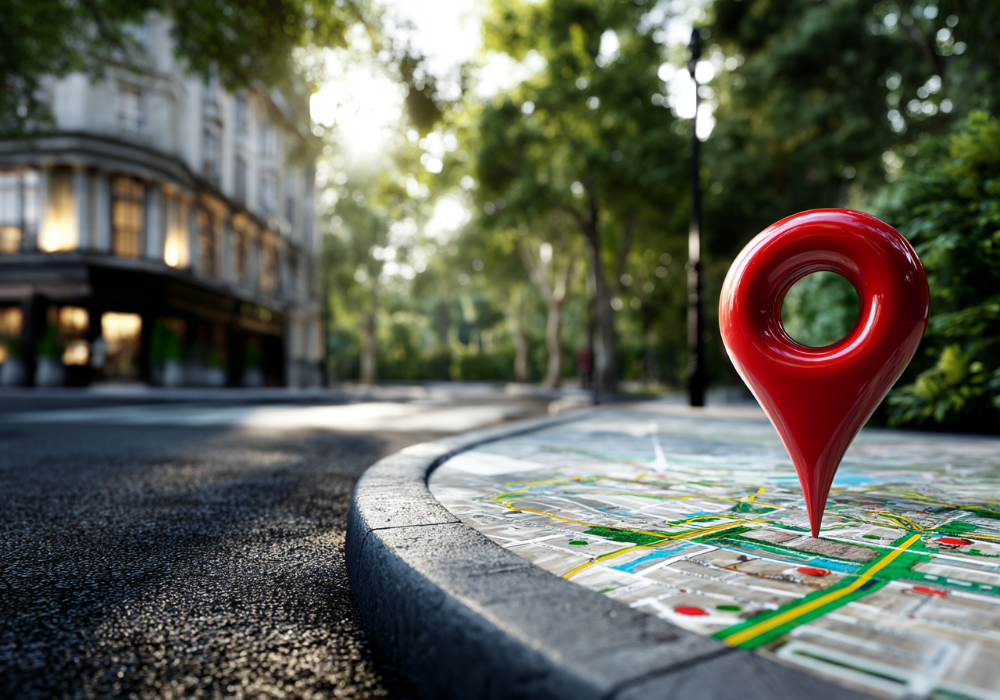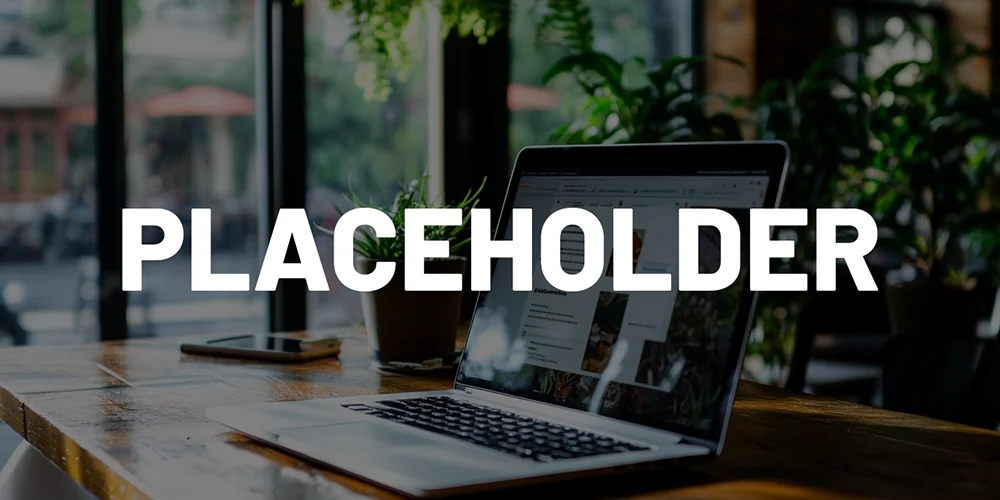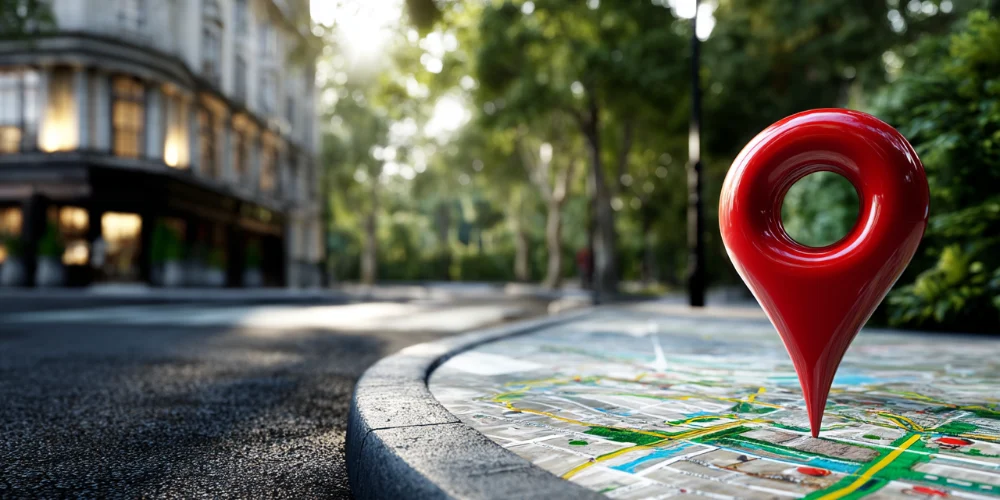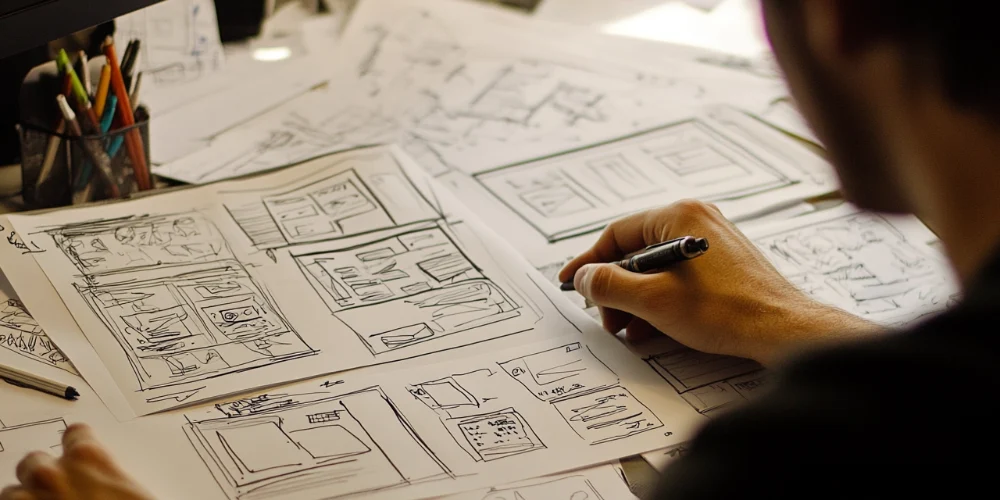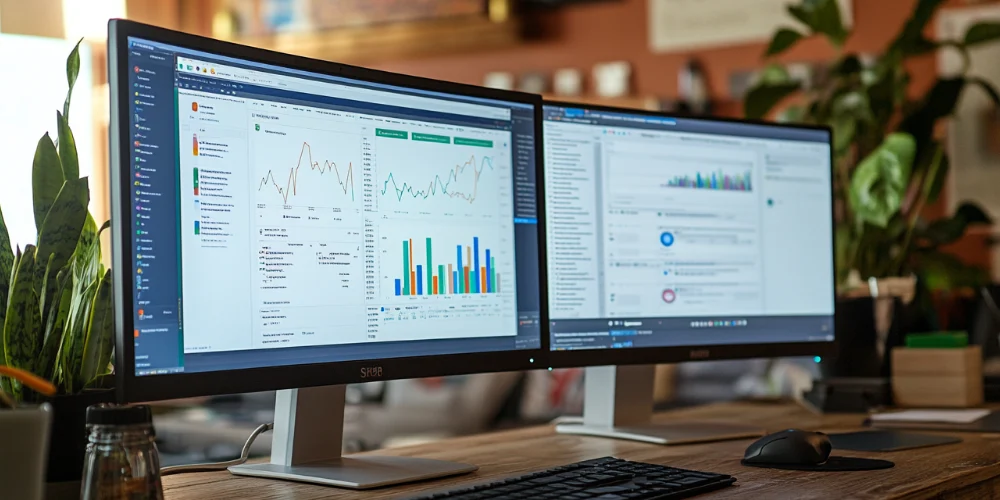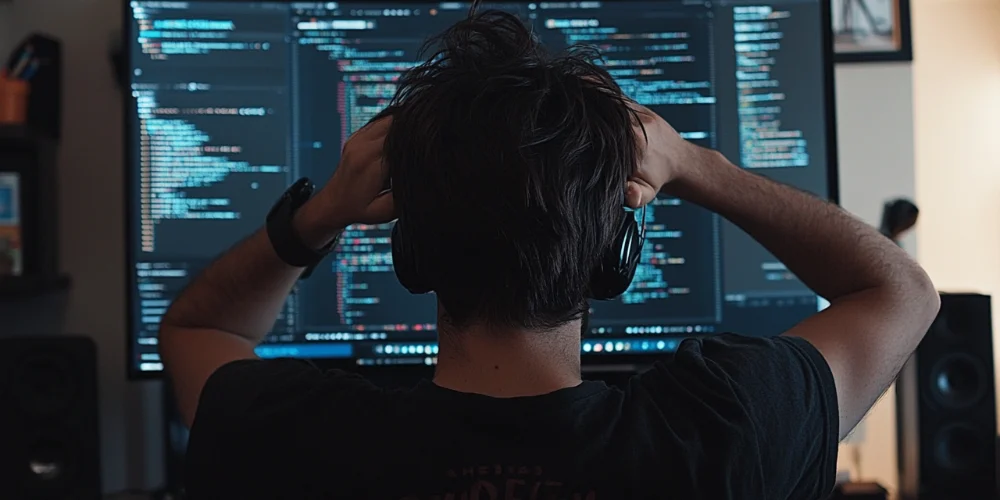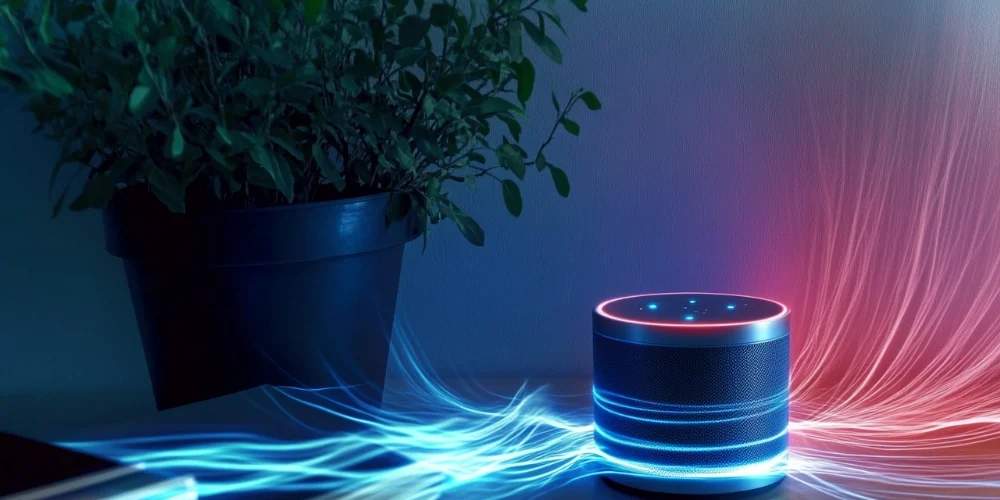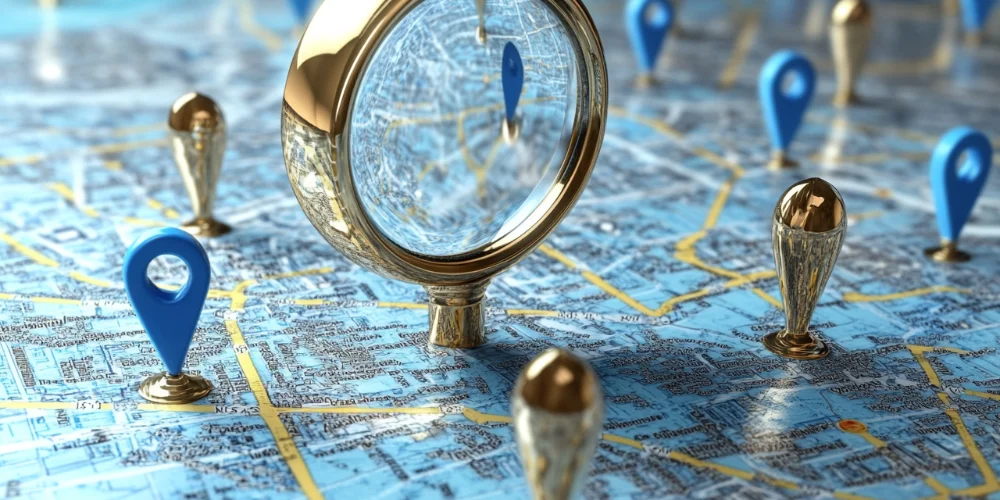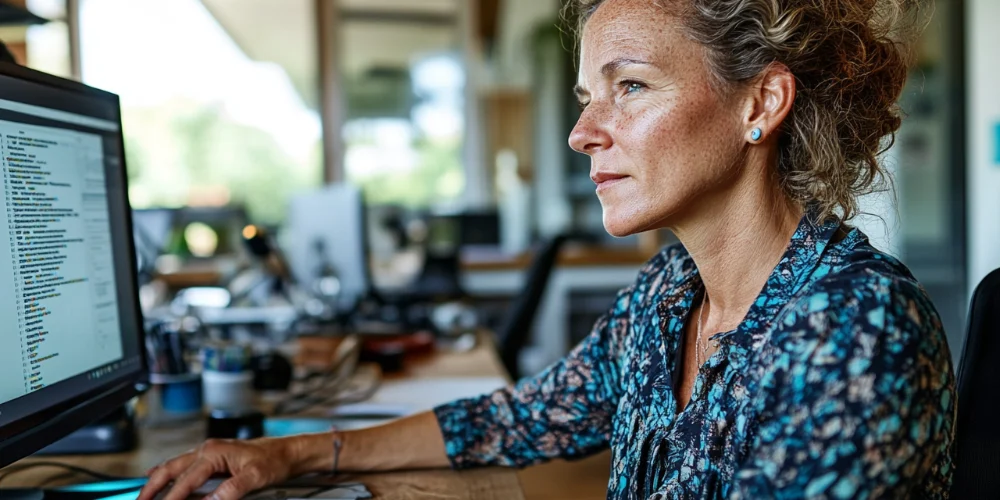Fixing Common WordPress Errors: A Guide to Troubleshooting Your Website
WordPress is a popular platform for creating websites, but it’s not immune to errors and problems. Fortunately, there are several steps you can take to troubleshoot common WordPress errors and get your website up and running smoothly.
Understanding Error Messages
- Identifying the error message: The first step in troubleshooting WordPress errors is identifying the error message.
- Research the error message: Searching the error message online can often provide valuable information and solutions to the problem.
Checking for Updates
- Check for WordPress updates: Outdated software is often the cause of errors, so make sure that you have the latest version of WordPress installed.
- Check for plugin updates: check for updates to your plugins to see if a newer version might fix the problem.
Deactivating Plugins
- Deactivate plugins: If you’re encountering an error after installing a new plugin, try deactivating it to see if it’s causing the problem.
- Check for plugin conflicts: Sometimes, two or more plugins can conflict with each other and cause problems, so deactivating plugins can help you identify if a plugin conflict is the cause of the error.
Clearing Your Cache
- Clear your cache: Clearing your cache can often resolve problems with your website, such as a slow website or missing images.
- Use a plugin to clear cache: Use a cache plugin, such as WP Super Cache or W3 Total Cache, to clear your cache.
Contacting Your Web Host
- Contact your web host: If you’re encountering a problem that you can’t resolve on your own, contact your web host for assistance.
- Provide details: Provide as much detail as possible about the problem, including the error message and steps you’ve taken to troubleshoot the problem.
Conclusion
Troubleshooting common WordPress errors is often a matter of identifying the problem and taking the appropriate steps to fix it. By understanding error messages, checking for updates, deactivating plugins, clearing your cache, and contacting your web host, you can resolve most WordPress errors and get your website up and running smoothly.

